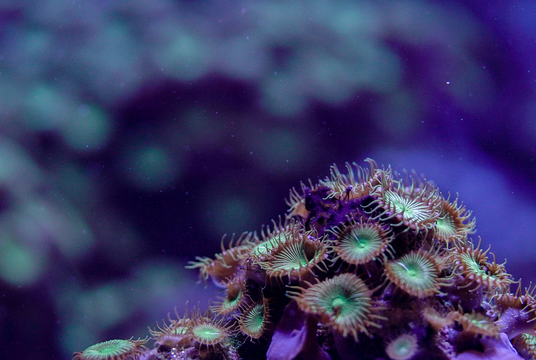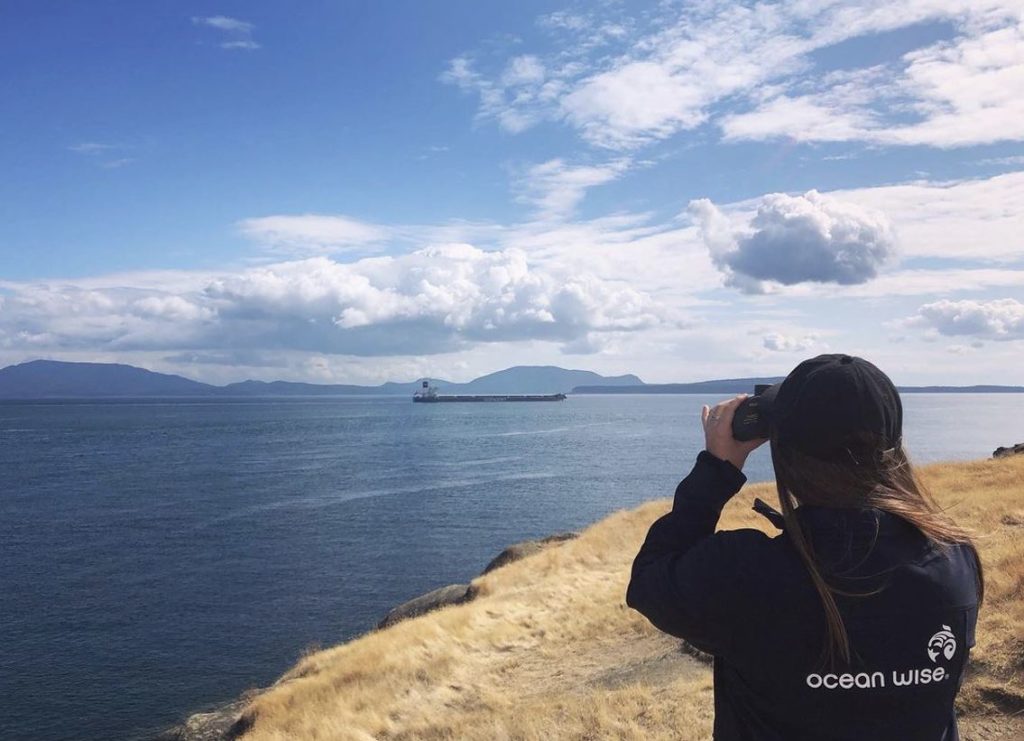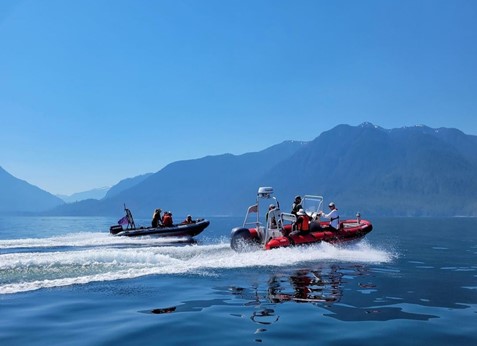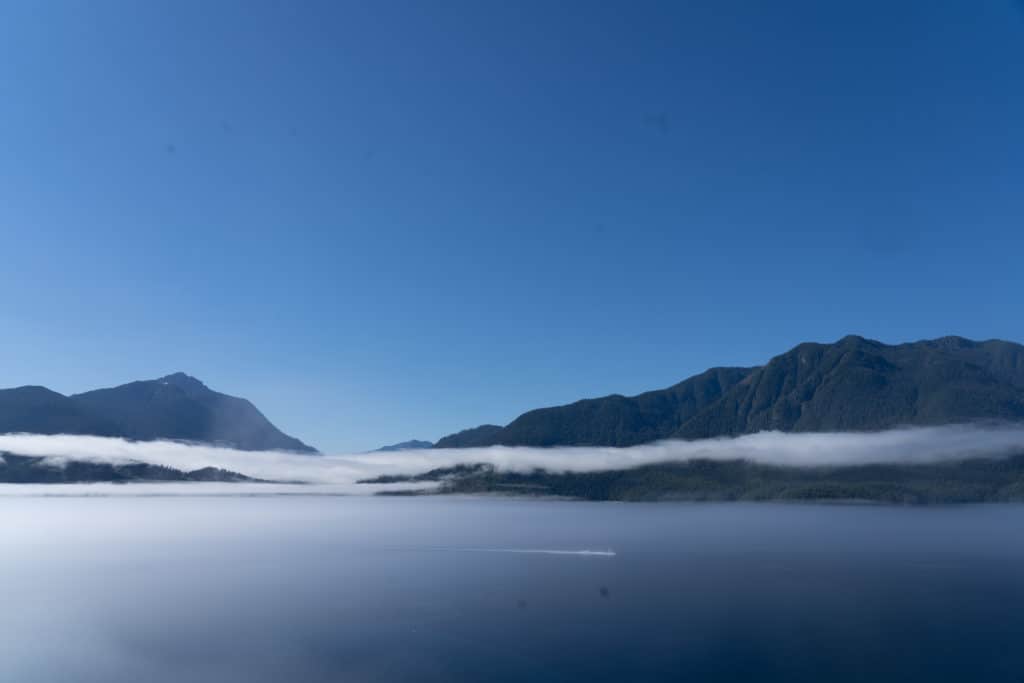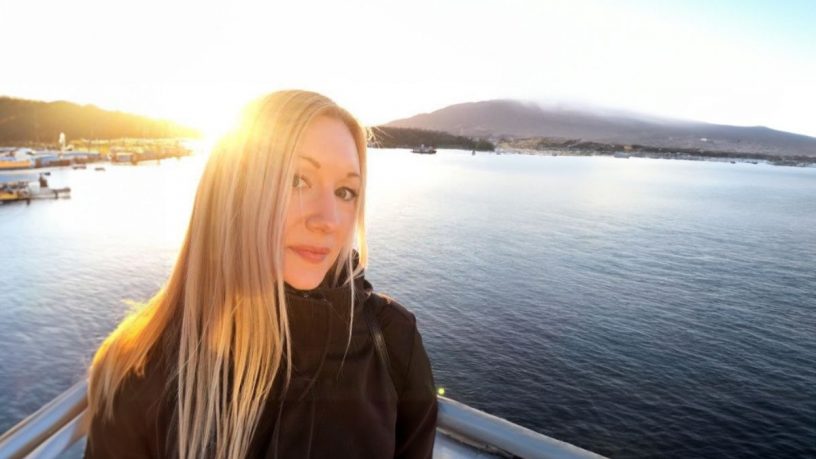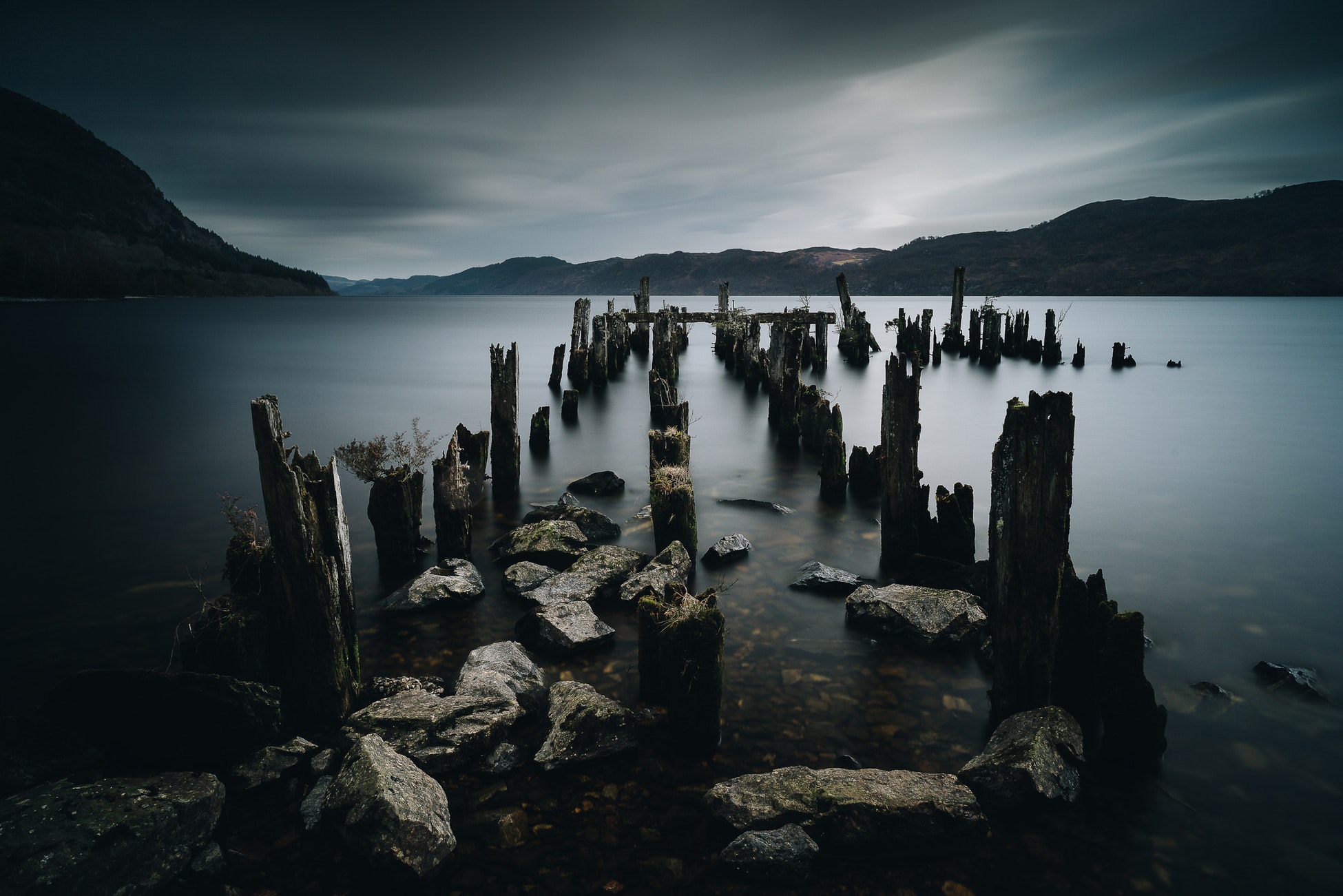
Otters, Loch Ness, and more: June 2018 Science Roundup
Ecosystems and Biodiversity
A new study outlines how the return of sea otters along B.C’s western coast has helped the ecosystem in more ways than one. Otters keep the sea urchin populations in check, allowing kelp beds to thrive and spread; kelp forests attract many of the animals that eagles feed on, including sea otter pups, and eagles return to the same nests each year and, as the otters spread, the eagles have been observed padding out their nests with kelp. Via Hakai Magazine
Aquatic creatures leave samples of their skin, feathers, scales and urine in the water they swim in, and those samples contain DNA. An international team of researchers is heading to Loch Ness, Scotland, next month to take samples of the water with the hope of identifying Loch Ness’ most famous inhabitant. It may be a catfish; it may be a sturgeon; it may be a plesiosaur… or it may just be a myth after all. Via Phys.Org
Analysis of fossil reef cores has shown that the Great Barrier Reef has suffered major die-off events five times in the last 30,000 years due to sea level and temperature changes as the world entered and left periods of glaciation. The reef survives by spreading to areas that are newly habitable as its existing homes become increasingly difficult to thrive in. This is encouraging given the rapidly declining health of reef systems around the world, but researchers note that the rate of change may overwhelm the slower timescales of migration. Via Eurekalert!
On March 21, Weekly Ocean News mentioned a story about the hydrology of the Amazon basin, which might be nearing collapse. While some deforested areas are recovering, recent research suggests that the new growth rainforest is far more sensitive to the Amazon’s periodic droughts than older, taller forests. These older parts of the ecosystem were found to have more biomass and rooting systems that enable them to access deeper soil moisture. Via Eurekalert!
Government Action
Canada’s federal government has decided to buy the incomplete trans-mountain pipeline and the Burnaby marine terminal for $4.5 billion. Many see completion of the pipeline as vital to the economic well-being of Canada’s oil industry; others fear that the resulting increase in shipping that could endanger BC’s sensitive coastline. Kinder Morgan, the pipeline’s owners, had threatened to abandon the project last week unless legal challenges were resolved. Via Globe & Mail
Energy and Power
The future of transportation in waterway cities such as Amsterdam, Bangkok, and Venice may include autonomous boats that ferry goods and people, which clear up road congestion. MIT researchers have developed a design for self-driving boats that can be mass-produced using a standard industrial printer and fitted out with a standard pack of electronics. An added bonus is that the boats can cluster together to form an instant bridge or floating stage. Via MIT
Posted June 4, 2018 by Ocean Wise
